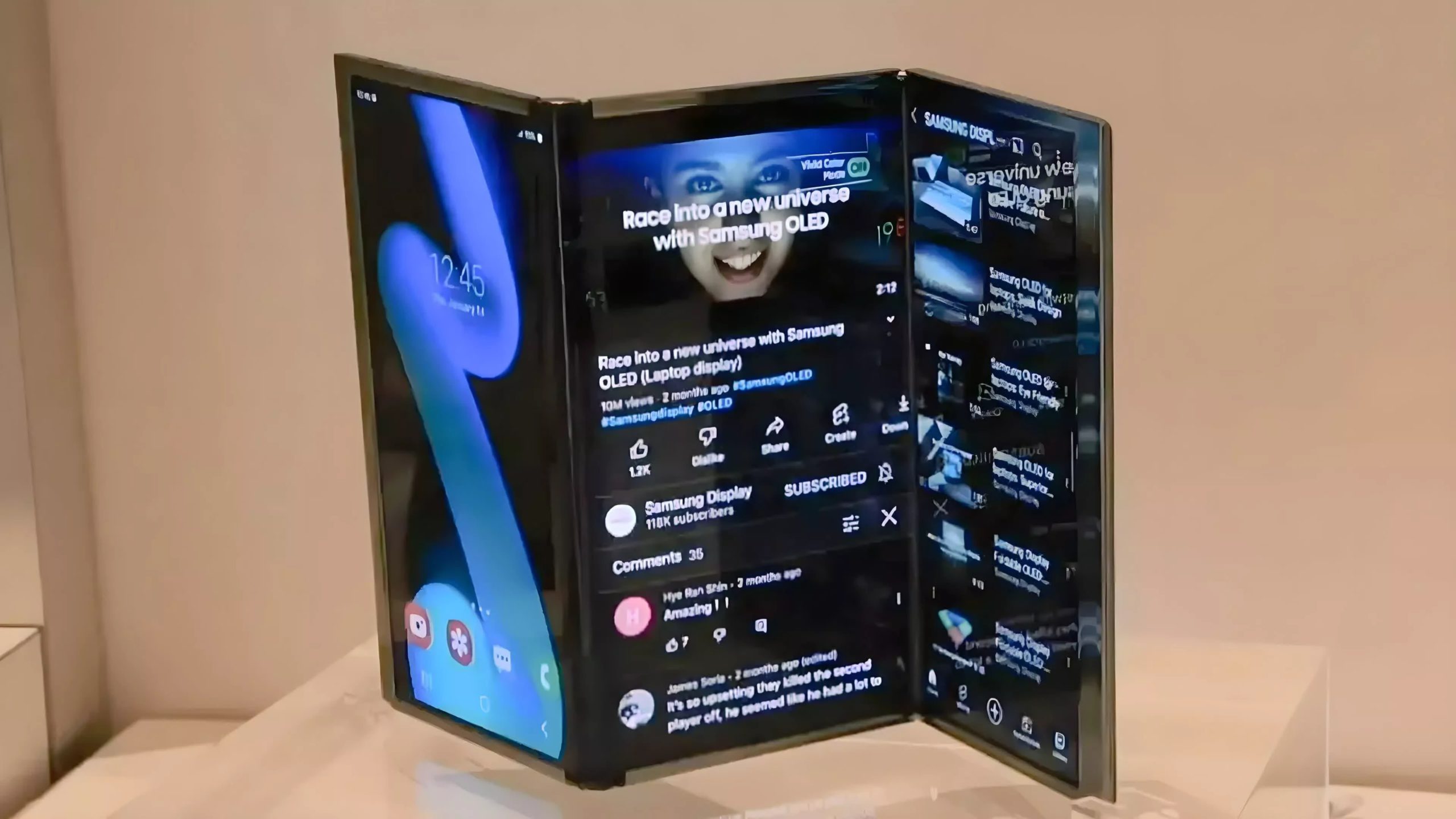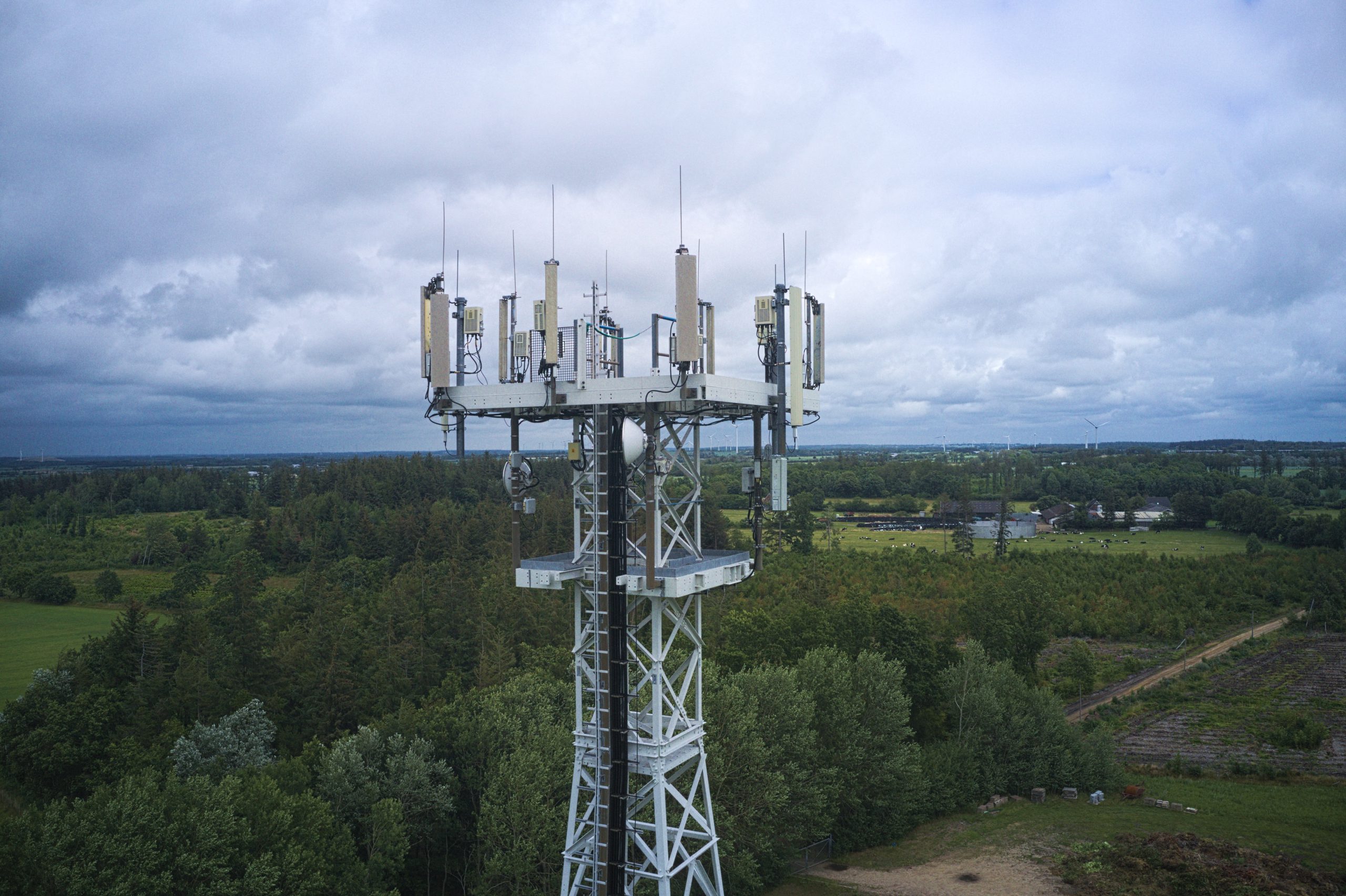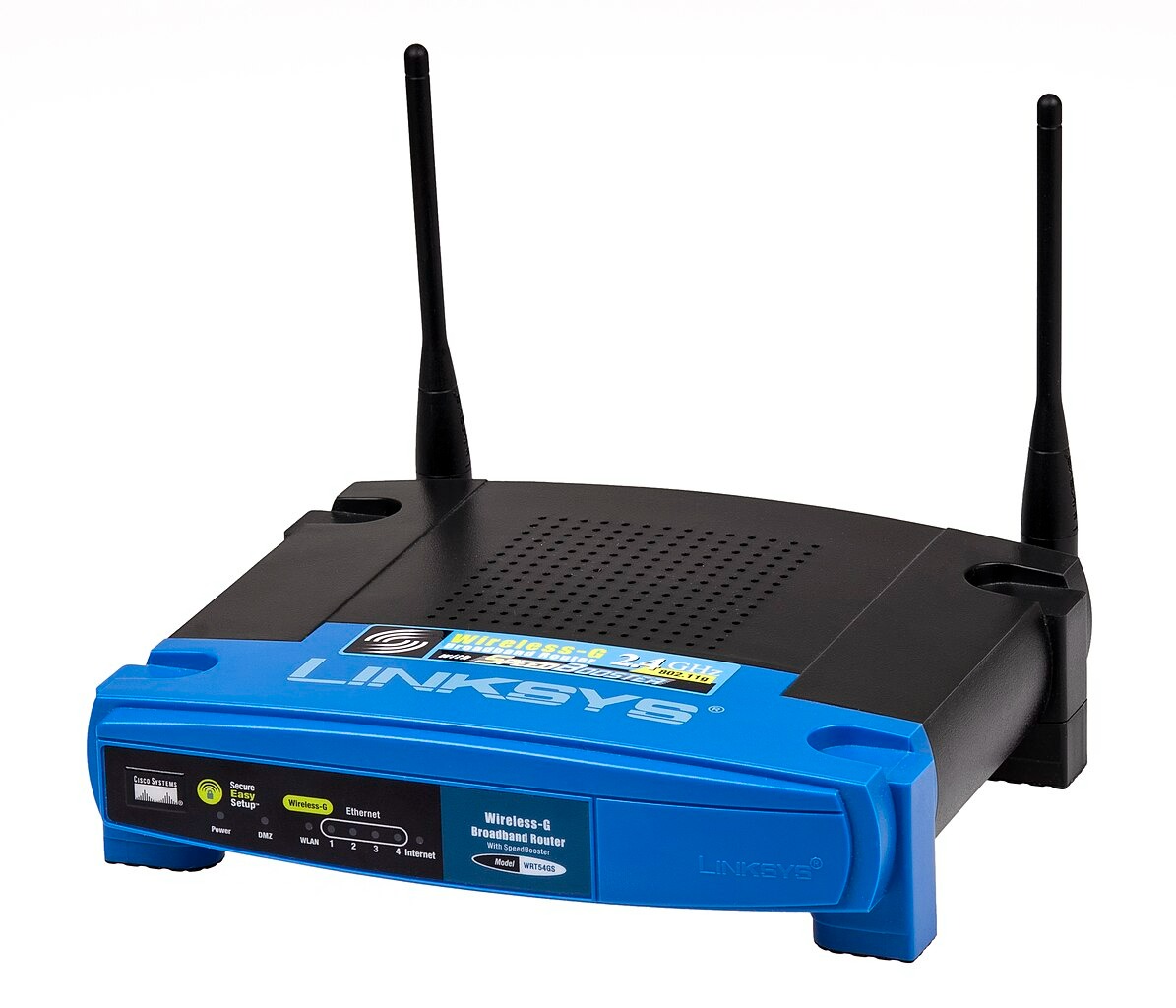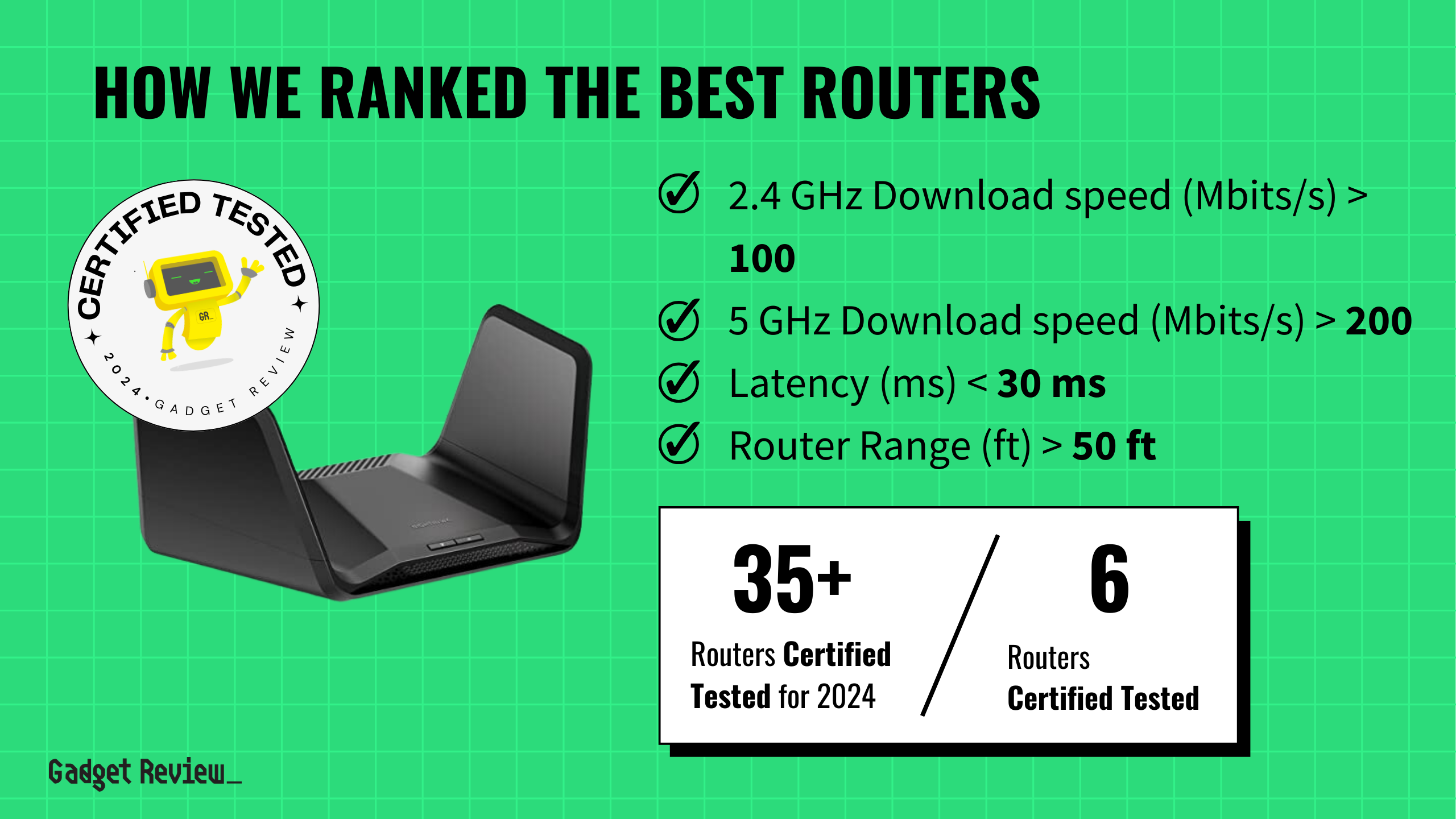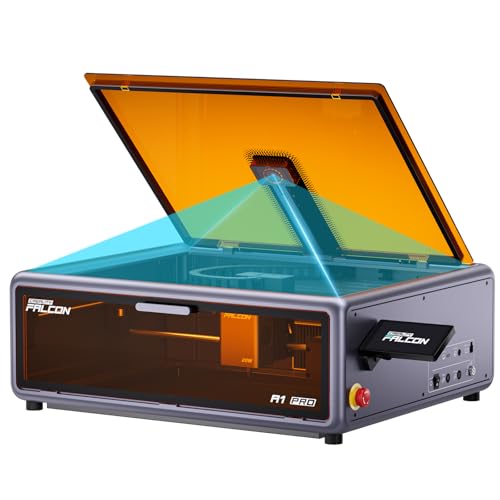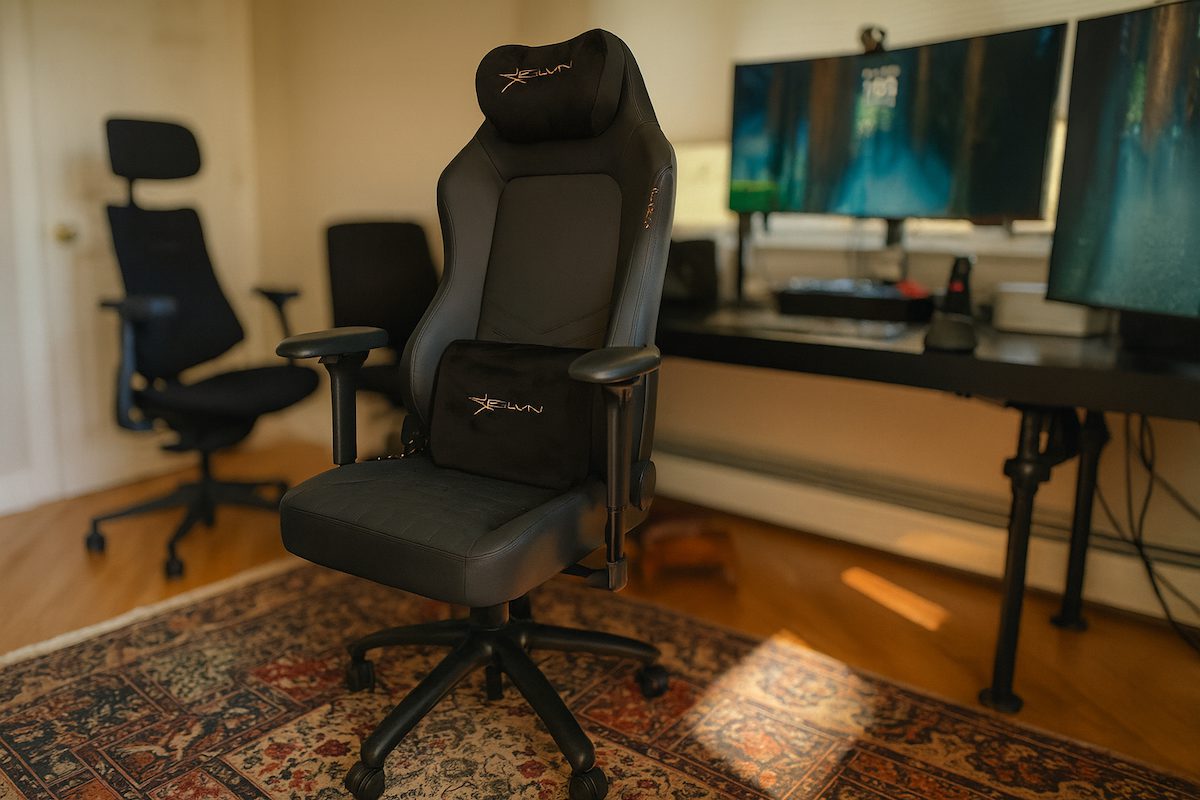Your daily commute doesn’t need four wheels or monthly parking fees that cost more than your Netflix subscription. Electric three-wheelers split the difference between motorcycles and cars, delivering weather protection without the parking nightmares. These aren’t souped-up golf carts with delusions—they’re legitimate transportation that handles grocery runs, work commutes, and weekend trips. From solar-powered efficiency freaks to cargo haulers replacing delivery vans, electric trikes cover every budget and purpose. Fair warning: charging infrastructure varies wildly by location, so check your local setup before falling for any range promises.
9. Morgan XP1
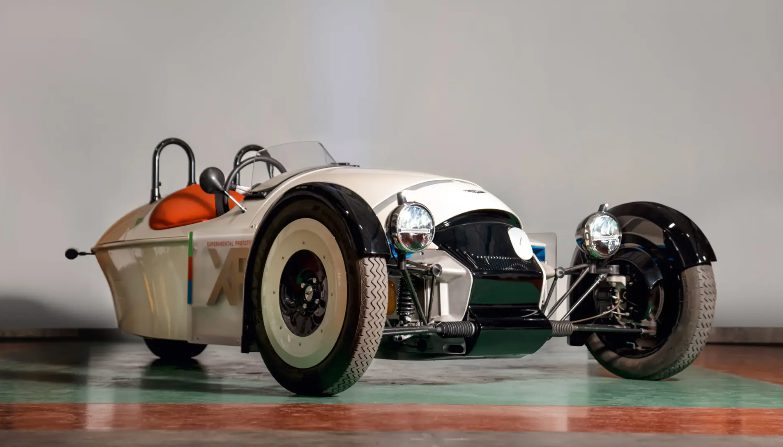
British craftsmanship meets electric propulsion in this evolved prototype. The Morgan XP1 refines earlier concepts with 134 horsepower and a 33 kWh battery promising 150 miles of range between charges.
Weight stays under 1,500 pounds while maintaining classic Morgan styling cues. Modern touchscreen interfaces complement traditional build quality, though some experimental systems remain unproven. Production timing depends on Morgan balancing heritage appeal with high-tech manufacturing realities.
8. Carver Electric
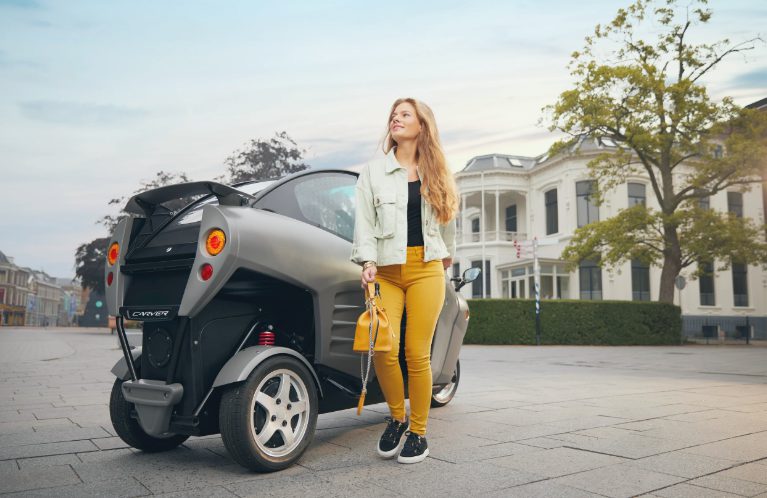
Narrow streets meet their match. At 38.6 inches wide, the Carver Electric slices through urban gridlock where cars fear to venture, legally operating on scooter licenses in many areas.
Dynamic Vehicle Control tilts the enclosed cabin into corners like a motorcycle, delivering stability without sacrificing agility. Range spans 60-80 miles with 50 mph top speed on the S+ variant. Cargo version hauls 1,100 pounds in compact space, making last-mile delivery actually practical.
7. Twike 5
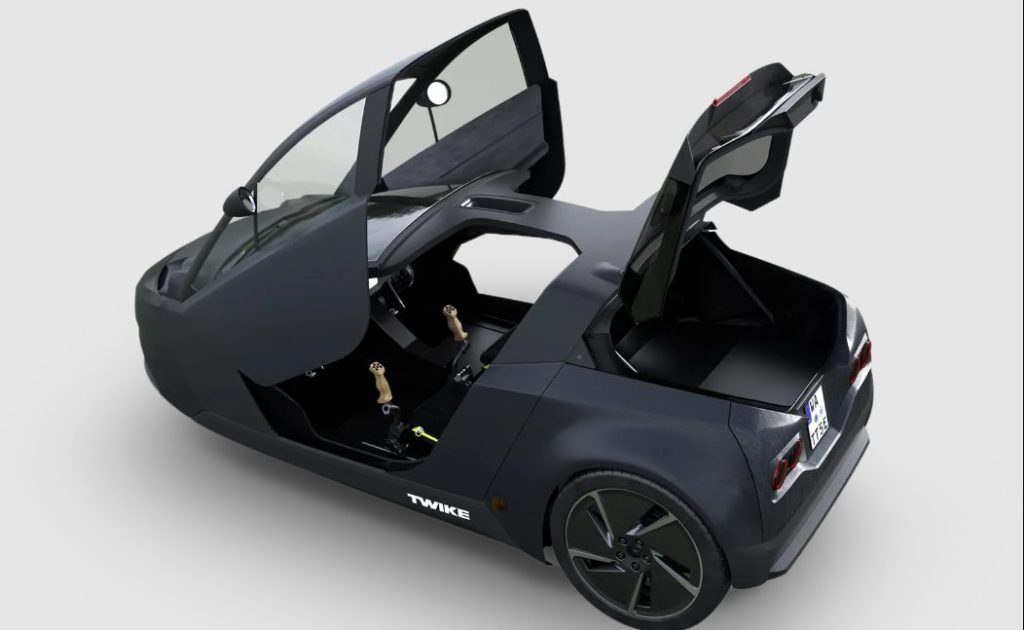
Pedal power meets electric efficiency in Switzerland’s answer to range anxiety. The Twike 5 combines human input with electric assistance, letting riders extend range through actual pedaling—not just regenerative braking gimmicks.
Aluminum construction keeps weight down while aerodynamic shaping cuts air resistance. Choose dual joysticks or paddle steering for control preferences. The 95-horsepower motor pairs with 18 kWh or 36 kWh batteries delivering 125-310 miles of range. Energy consumption hits 7.2 kWh per 100 kilometers when pedaling assists.
6. Aptera SEV
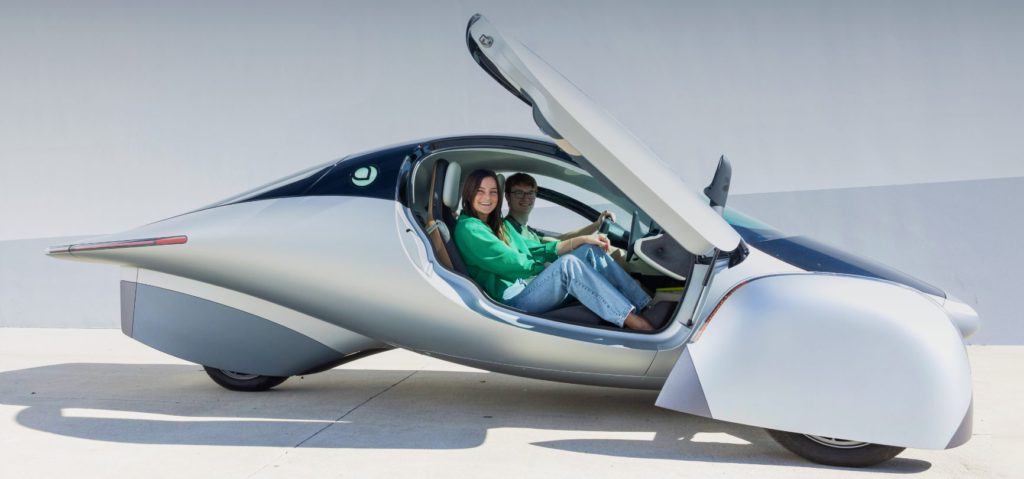
Solar panels built into the body add up to 40 miles of daily range from pure sunshine—no charging cables required. Think of it as a smartphone that charges itself, except it weighs 1,750 pounds and gets you to work. Aerodynamics-obsessed engineers achieved a 0.13 drag coefficient and 100 Wh/mile efficiency that embarrasses most EVs.
The top-spec 100 kWh battery promises 1,000 miles between charges, though real conditions will cut that figure. Production depends on executing promises rather than making new ones—startup track records suggest cautious optimism. Solar integration works when parked outside, useless for garage dwellers or anyone living in Seattle.
5. Hopper
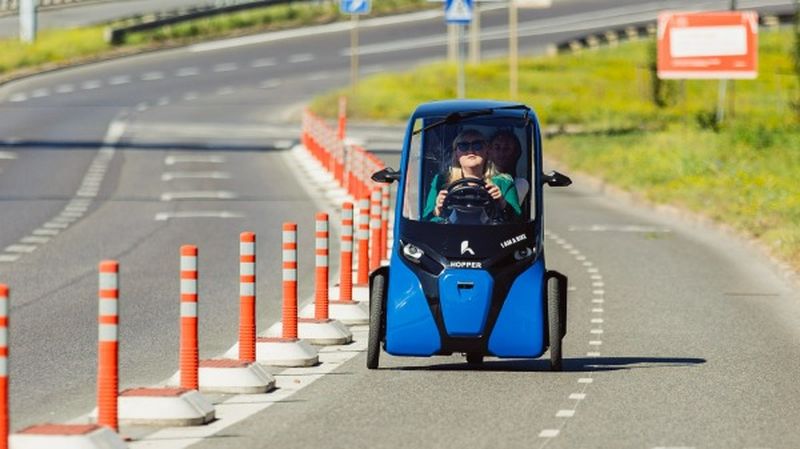
German engineering tackles urban chaos with surgical precision. Weighing just 265 pounds, the Hopper navigates tight city spaces with a 6.5-foot turning radius that makes parallel parking feel effortless.
Two configurations handle different jobs. Passenger version offers 175 liters of trunk space, cargo variant doubles that capacity. The modest 1.44 kWh battery powers a 250W rear motor for 40 miles of range. Integrated headlights handle visibility because good lighting shouldn’t cost extra.
4. Mahindra Trio
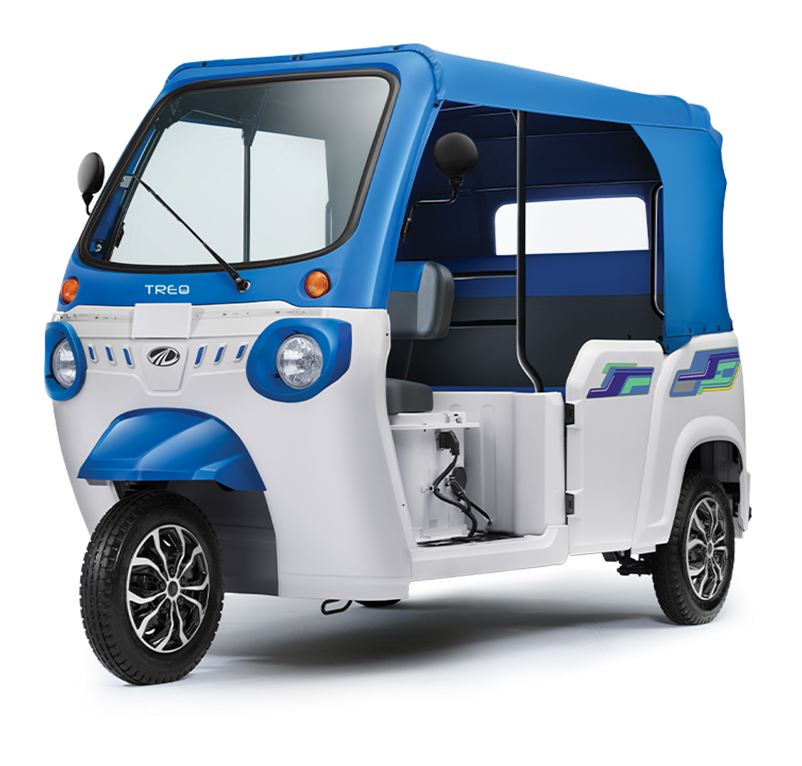
Indian engineering tackles practical transportation with lithium-ion batteries replacing the old lead-acid setup. Real-world range jumps to 81 miles with 34 mph top speed handling urban duties without drama.
Enhanced warranty coverage reflects improved reliability over previous generations. Control systems prioritize ease of use rather than unnecessary complexity. This represents meaningful progress rather than incremental updates—like finally getting a smartphone that doesn’t die by lunch. Just remember that three-wheelers handle differently in rain and crosswinds than cars.
3. Avenire Spiritus Legera
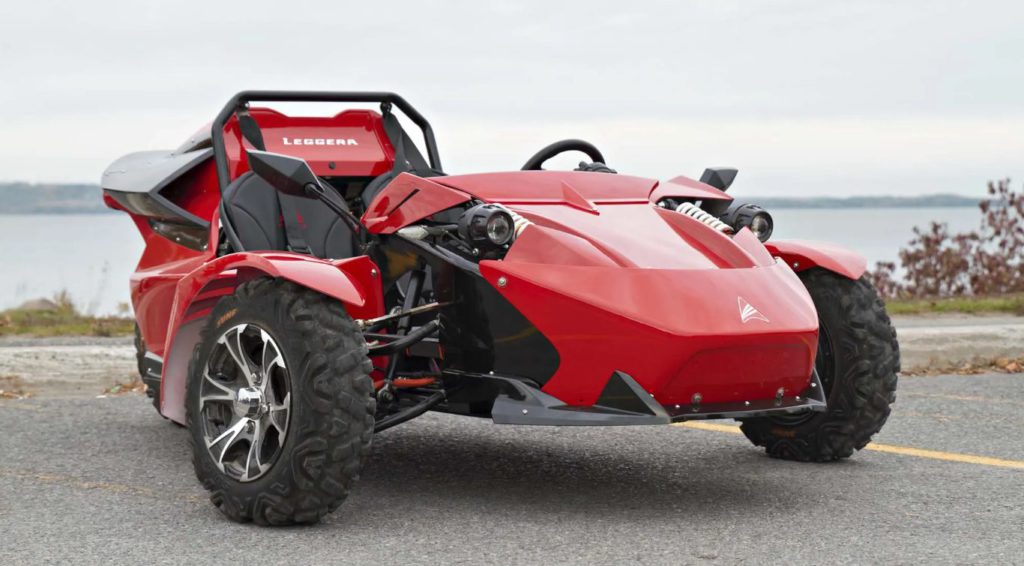
Entry-level pricing meets real-world practicality without the premium sticker shock. The Spiritus Legera packs a 7 kWh battery delivering 60-80 miles of actual range—enough for daily routines without charging anxiety creeping in.
Three trim levels match your wallet to your needs. Sport gets you rolling, Deluxe hits 37 mph in under four seconds, Ultimate cranks 14 continuous horsepower. Two-year warranty coverage makes this smart money for first-time electric trike buyers who want proven reliability.
2. Bricklin 3EV
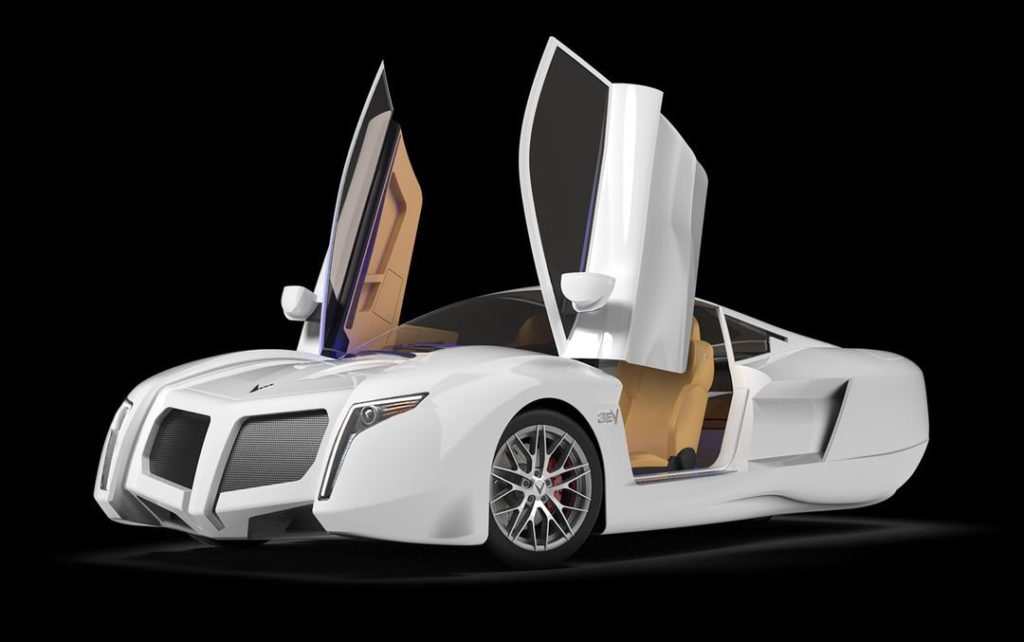
Nostalgia gets a battery pack upgrade. The 3EV resurrects the iconic 1970s Bricklin nameplate, complete with scissor doors that still draw crowds at coffee shops and gas stations.
Modern updates include 275-mile target range and over-the-air software updates. The 106-inch wheelbase maintains familiar proportions while HUD displays add contemporary tech. U.S. assembly plans echo the original’s North American heritage—assuming production actually happens this time. Remember, the original Bricklin went belly-up after two years, so manage expectations accordingly.
1. Arcimoto FUV
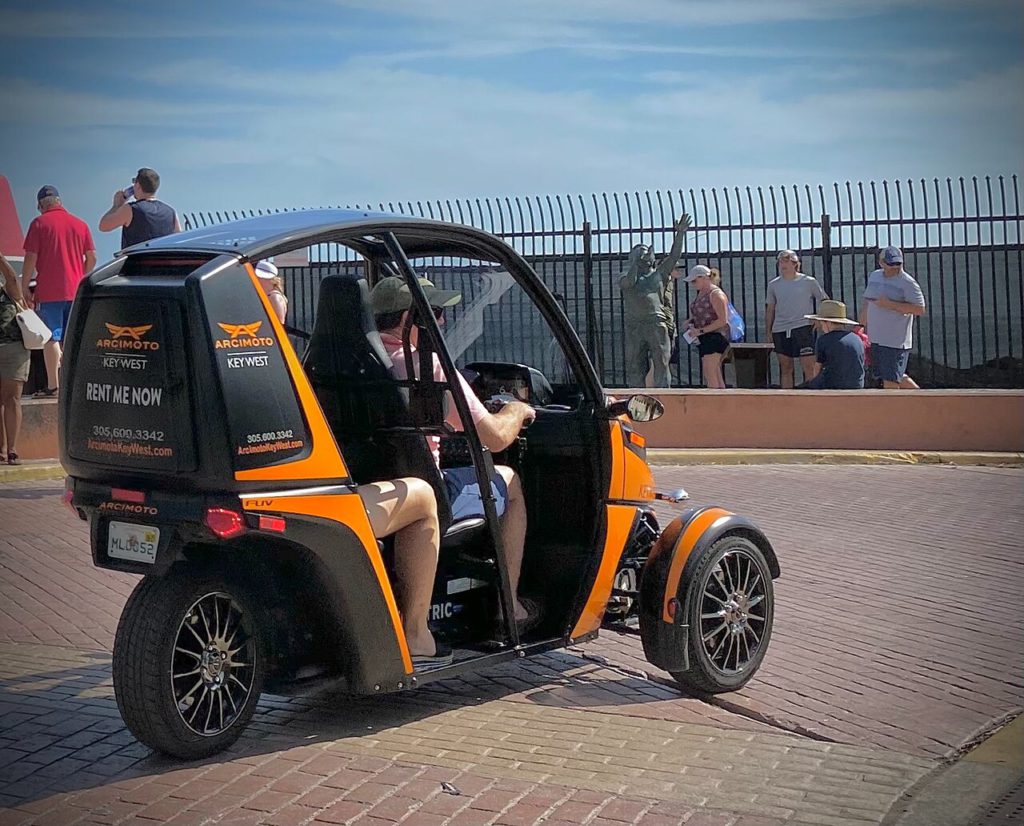
Platform diversity drives this Oregon startup’s strategy. The Fun Utility Vehicle spawns multiple variants: Cameo for entertainment, Deliverator for cargo, Rapid Responder for emergency services—same bones, different jobs.
All variants share a 77-horsepower motor with battery options providing 32-100 miles of range. Top speed reaches 75 mph across the lineup. The Truck variant hauls serious cargo, proving three wheels can handle actual work duties beyond commuter transportation. Insurance costs vary wildly for these vehicle classifications, so call your agent before signing anything.








